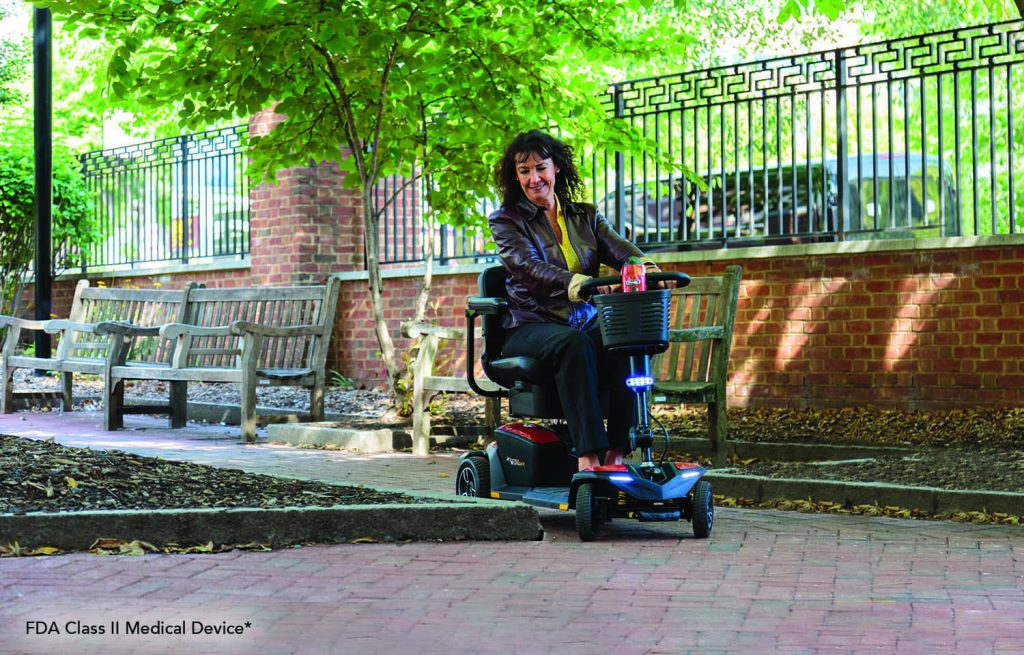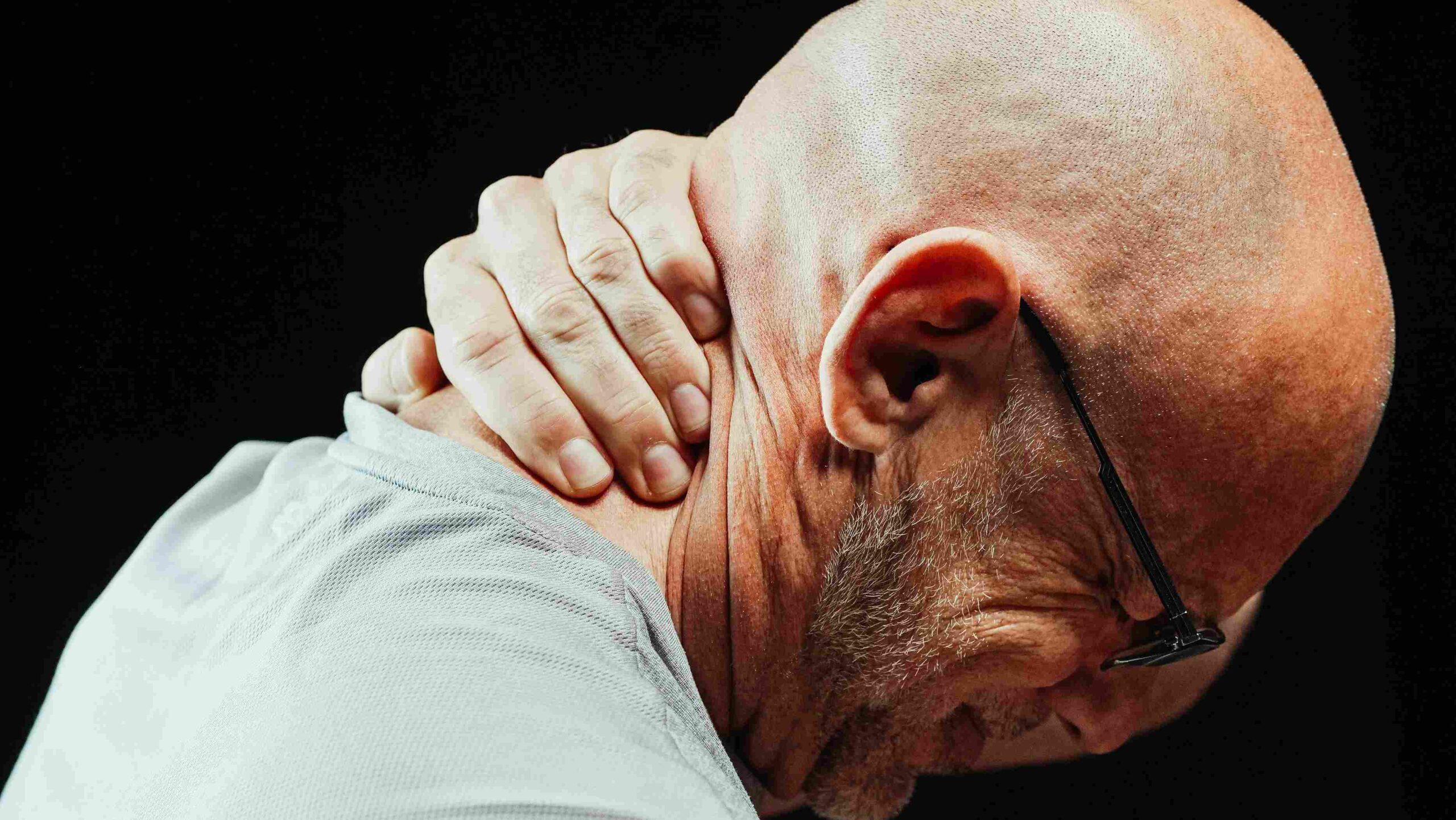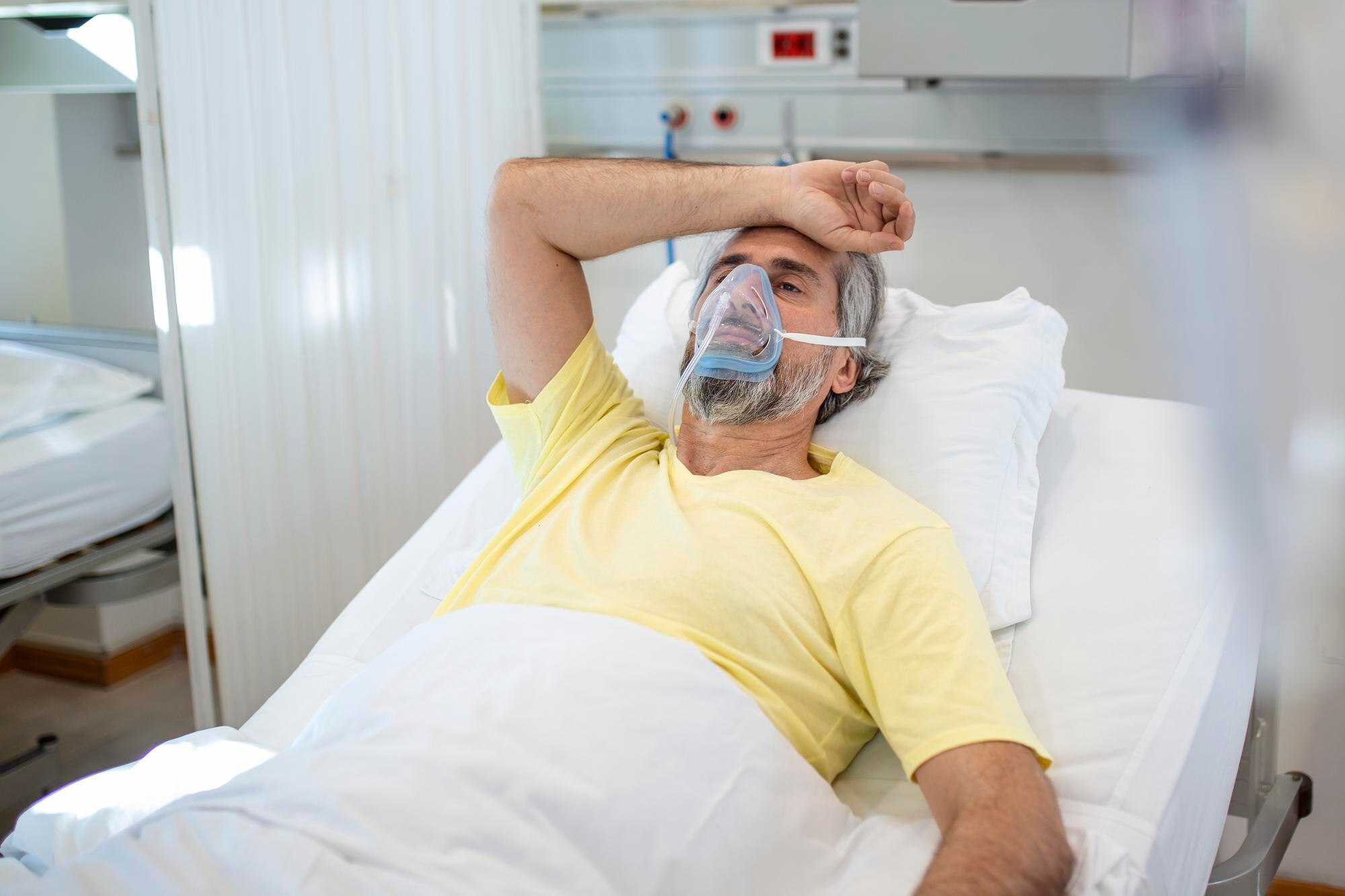Choosing the right CPAP mask is a critical step in ensuring the success of your sleep apnea therapy. As someone who has used CPAP therapy for over eight years and guided countless patients through the process as a certified sleep therapist, I’ve seen firsthand how the right mask can make all the difference.
A well-fitted mask ensures effective therapy, prevents leaks, and enhances comfort. In this guide, I’ll break down the various CPAP mask types, their features, and tips for finding the perfect fit for your face.
Why Choosing the Right CPAP Mask Matters
The mask is the most personal and customizable part of CPAP therapy. The wrong fit can lead to:
- Air Leaks: Reducing the effectiveness of your therapy.
- Discomfort: Pressure points, irritation, or difficulty sleeping.
- Non-Compliance: A poorly fitting mask is a common reason people abandon CPAP therapy.
Finding the right mask for your needs, face shape, and sleeping style is essential for a positive CPAP experience.
Types of CPAP Masks
CPAP masks come in three primary styles, each with unique features and benefits.
1. Nasal Mask
The nasal mask covers your nose and is one of the most popular types of CPAP masks.
Features:
- Provides airflow through the nasal passages.
- Offers a balance of coverage and minimal contact.
Best For:
- People who breathe through their nose while sleeping.
- Side sleepers or those who toss and turn at night.
Considerations:
- Not ideal for people who frequently breathe through their mouth unless paired with a chin strap.
2. Nasal Pillow Mask
The nasal pillow mask sits at the base of your nostrils, with minimal coverage.
Features:
- Lightweight and compact design.
- Direct airflow into the nostrils.
Best For:
- Those who feel claustrophobic with larger masks.
- Active sleepers or people with facial hair.
Considerations:
- Can cause nasal dryness or irritation for some users.
- Not suitable for high-pressure settings.
3. Full-Face Mask
A full-face mask covers both the nose and mouth, providing comprehensive coverage.
Features:
- Delivers airflow through both the nose and mouth.
- Covers a larger surface area, providing stability.
Best For:
- Mouth breathers or those with nasal congestion.
- Individuals requiring higher pressure settings.
Considerations:
- May feel bulky or restrictive for some users.
- Can be prone to leaks if not properly adjusted.
Factors to Consider When Choosing a CPAP Mask
Selecting the right mask depends on several factors unique to your needs and preferences.
1. Sleeping Position
- Side Sleepers: Opt for a nasal mask or nasal pillow mask, as these are less likely to shift.
- Back Sleepers: Full-face masks are often stable and effective for back sleepers.
- Stomach Sleepers: Nasal pillow masks work best due to their minimal design.
2. Breathing Style
- Nose Breathers: Nasal masks or nasal pillows are ideal.
- Mouth Breathers: Full-face masks are better for ensuring effective therapy.
3. Pressure Settings
Higher pressure settings may require a full-face mask to ensure a secure seal and prevent discomfort.
4. Facial Features
- If you have facial hair, a nasal pillow mask may provide a better seal.
- People with smaller faces might benefit from pediatric or petite mask options.
5. Comfort and Fit
A mask should feel snug but not tight. Look for adjustable straps and cushions that conform to your face shape.
Tips for Finding the Perfect Fit
1. Work with a Professional
Consult with a sleep therapist or respiratory specialist to ensure the mask fits your face correctly.
2. Try Before You Commit
Many CPAP suppliers offer mask-fitting sessions or trial periods. Take advantage of these to test different styles.
3. Use the Right Cushion Material
- Silicone: Soft and flexible, providing a comfortable seal.
- Gel: Conforms to your facial contours for added stability.
- Memory Foam: Lightweight and reduces pressure points.
4. Adjust Your Mask Properly
Follow the manufacturer’s instructions to fine-tune the straps and headgear. A properly adjusted mask reduces leaks and enhances comfort.
Troubleshooting Common Mask Issues
1. Air Leaks
- Ensure the mask is adjusted snugly but not too tight.
- Check for worn-out cushions or straps that need replacement.
2. Discomfort or Pressure Sores
- Loosen the straps slightly or add mask liners for cushioning.
- Switch to a different style if the current one doesn’t suit your face shape.
3. Claustrophobia
- Start with a nasal pillow mask to reduce contact with your face.
- Practice wearing the mask while awake to get used to the sensation.
4. Skin Irritation
- Clean the mask daily with a mild soap and water solution.
- Consider hypoallergenic cushions or barrier creams to protect your skin.
FAQs
1. How do I know if my mask fits correctly?
A proper fit should feel comfortable, with no significant air leaks when the CPAP machine is turned on. If you notice gaps or discomfort, adjust the straps or consider trying a different size.
2. Can I switch mask types if I’m not comfortable with my current one?
Yes! It’s common for CPAP users to try different styles before finding the perfect fit. Speak with your supplier about trial options.
3. How often should I replace my mask?
Most manufacturers recommend replacing mask cushions every 1-3 months and the entire mask every 6-12 months, depending on wear and tear.
4. Can I use a nasal mask if I’m a mouth breather?
Yes, but you may need a chin strap to keep your mouth closed during therapy. Alternatively, consider a full-face mask.
5. What should I do if my mask causes redness or irritation?
Ensure the mask is clean and not too tight. If irritation persists, switch to a different cushion material or style.
Conclusion: Your Journey to Comfort and Effective Therapy
Finding the perfect CPAP mask is a personal journey, but the rewards are worth it. The right mask ensures your therapy is effective, comfortable, and easy to maintain over time. By understanding your needs, consulting with professionals, and experimenting with different styles, you’ll discover a mask that fits seamlessly into your life and improves your sleep quality.
Remember, adjustments take time—be patient and proactive in finding what works best for you. With the right mask, you’re on your way to better sleep and better health.






